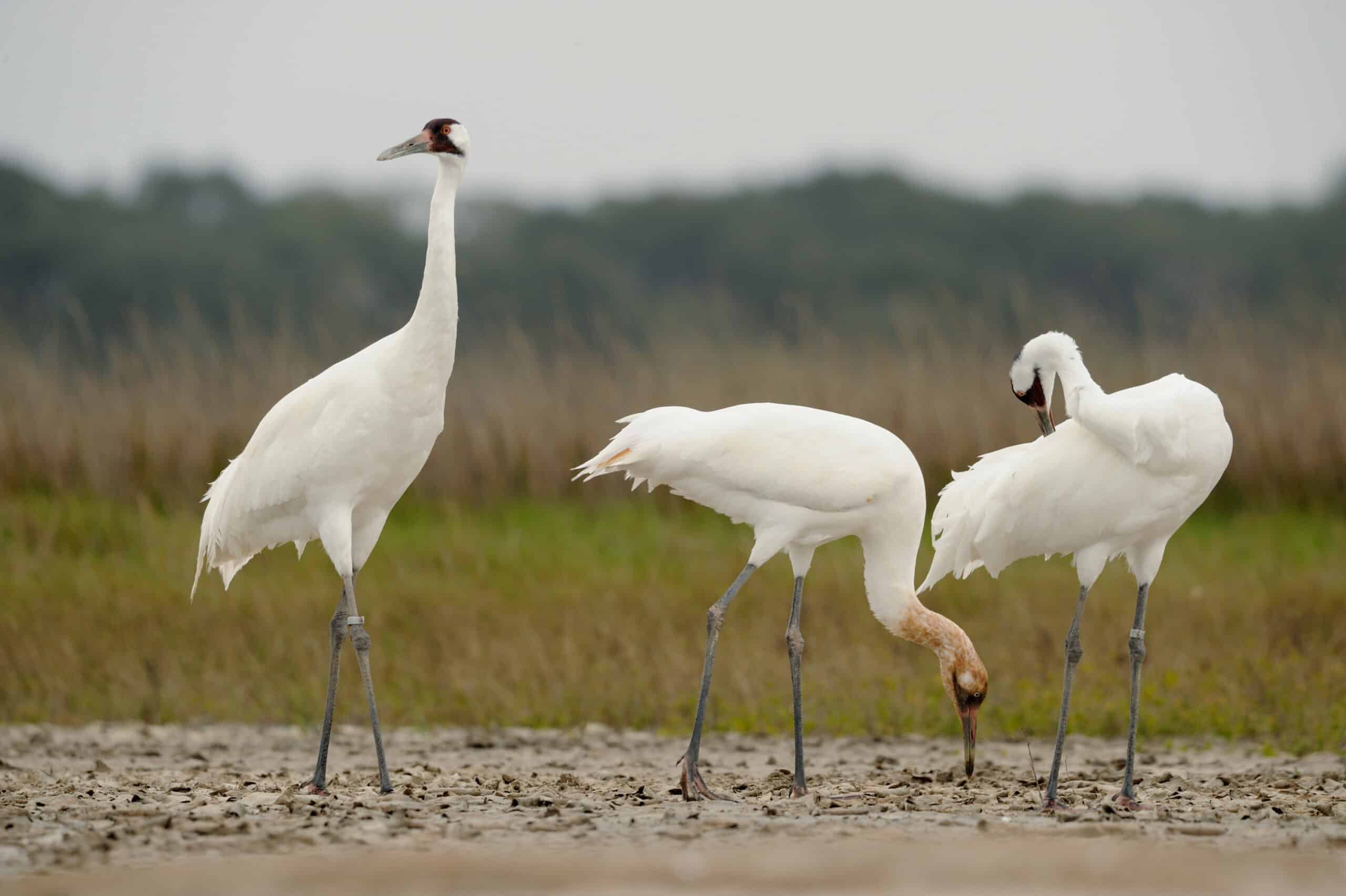Share this article
Wildlife Featured in this article
- alpine newt
- Japanese red-bellied newts
- painted frog
Agricultural fungicides may stave off chytrid infections
But scientists warn against using them due to unforeseen ecological consequences
Fungicide runoff from farms may help amphibians in nearby wetlands resist a common infection devastating to amphibian populations.
The discovery reveals the complicated downstream impacts of a group of chemicals called triazoles, which include some fungicides that have been banned in the United States and Europe.
“This is a bit controversial, of course,” said Andrea Barbi, a PhD candidate at the Ghent University in Belgium.
Triazoles are used to kill fungal pests that destroy crops. Barbi wanted to see if these fungicides may affect Batrachochytrium dendrobatidis (Bd), the fungus responsible for chytrid infections, when they run off into waterways. This pathogen is responsible for killing massive numbers of amphibians around the world, sometimes extirpating entire populations.
In a study published recently in Ecology Letters, Barbi and his colleagues examined the impact of triazoles on the chytrid fungus from the spring of 2019 to 2021.
In an initial field experiment, the researchers searched for the fungicides in ponds near farms in Flanders, Belgium. They took water samples from these ponds every month during the spring, and also swabbed the skin of alpine newts (Ichthyosaura alpestris) they found there.
“Fieldwork showed there was a negative correlation between the presence and level of epoxiconazole in these ponds and the presence of Bd,” Barbi said. Epoxiconazole is a type of triazole.
In a second experiment, this time in the lab, they tested whether the fungicides bioaccumulated in the skin and livers of Japanese red-bellied newts (Cynops pyrrhogaster). They exposed these amphibians to different levels of fungicides before moving them to a clean water tank. The researchers found that the fungicides did accumulate in the bodies of the red-bellied newts, but only up to a point.
“After four days, the accumulation reached a sort of plateau,” Barbi said.
In a third experiment, the researchers tested how well several strains of Bd could grow when exposed to fungicides. They established a minimum concentration of fungicides that would be needed in water to inhibit chytrid growth—0.015 micrograms per milliliter.
Finally, the team infected three groups of painted frogs (Discoglossus pictus) with chytrid in the lab, and left another unexposed as a control group. They then exposed two of these groups to fungicides—one before being infected and one after.
This last experiment showed that the frogs exposed to triazoles before coming into contact with Bd didn’t become infected. But the ones exposed to triazoles after having been infected by Bd didn’t get rid of the fungus. “It’s not that effective after exposure,” Barbi said.
These findings are potentially of interest to some wildlife managers who deal with amphibians. Efforts to fight the spread of Bd, for example, could potentially focus on wetlands that aren’t near farms treated with fungicides.
But Barbi and his co-authors don’t advise using the fungicides to prevent the chytrid pathogen. “These pesticides can accumulate in the animal and might have toxic effects,” Barbi said.
Header Image: Fungicides used in nearby crops seemed to reduce the amount of chytrid fungus on alpine newts in Belgium. Credit: stanze








